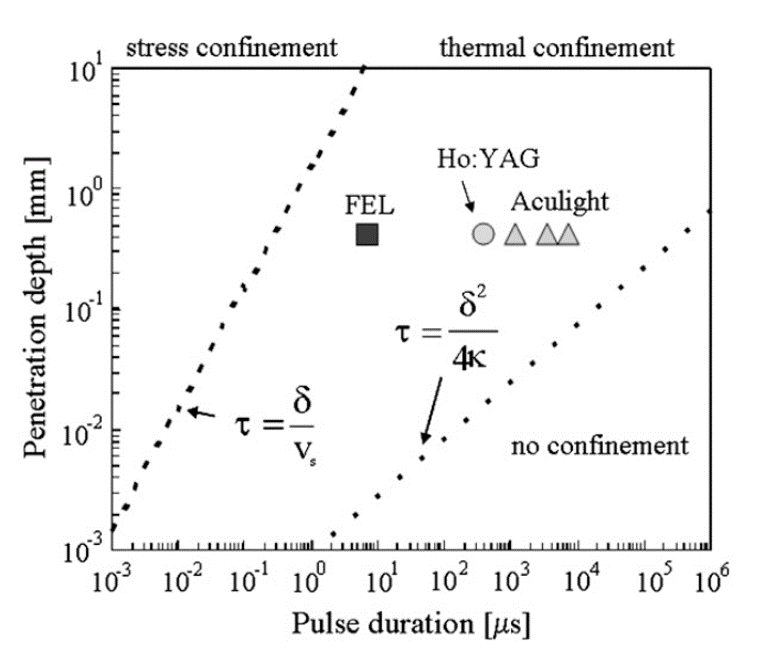Biophysical Mechanism of INS
 Our lab has shown that INS is mediated through a photothermal mechanism requiring a transient spatial and temporal thermal gradient to generate a neural response. How infrared light causes neurons to fire an action potential is not fully clear. Our lab focuses on using state-of-the-art electrophysiology and advanced nonlinear imaging techniques (e.g. nonlinear Raman imaging, multiphoton imaging) to study the biophysical dynamics of infrared neural stimulation at the cellular and subcellular levels. Using these techniques, we seek to observe lipid membrane dynamics during INS to uncover its mechanism and validate existing theories and models.
Our lab has shown that INS is mediated through a photothermal mechanism requiring a transient spatial and temporal thermal gradient to generate a neural response. How infrared light causes neurons to fire an action potential is not fully clear. Our lab focuses on using state-of-the-art electrophysiology and advanced nonlinear imaging techniques (e.g. nonlinear Raman imaging, multiphoton imaging) to study the biophysical dynamics of infrared neural stimulation at the cellular and subcellular levels. Using these techniques, we seek to observe lipid membrane dynamics during INS to uncover its mechanism and validate existing theories and models.
Beyond just neurons, our initial work in the brain also revealed that infrared light may be effecting more than just neurons. Glial cells like astrocytes, the homeostatic regulators of the brain, and microglia, the immune cells of the brain, appear to be directly modulated by infrared light as well as neurons. Current projects are seeking to uncover the biophysical mechanisms behind infrared glial modulation.
Researchers
Faculty
Graduate Students
-
- Logan Jenkins
Publications
Wells, J. et al. Biophysical Mechanisms of Transient Optical Stimulation of Peripheral Nerve. Biophys. J. (2007).
Duke AR, Gault MA, Eckert J, Lu H, Jenkins MW, Chiel HJ, Jansen ED – Investigating the effects of infrared neural stimulation in the Aplysia californica – SPIE Photonics West, San Francisco CA, 2010.
Cayce, J. M. et al. Calcium imaging of infrared-stimulated activity in rodent brain. Cell Calcium 55, 183–190 (2014).
